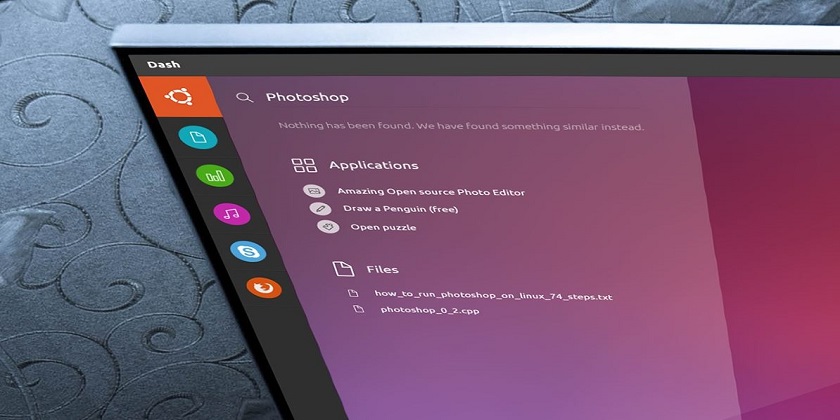Download Linux Ubuntu 16.04 (Xenial Xerus)
Download Linux Ubuntu 16.04 LTS for your desktop. The Ubuntu has been in development for the past six months, during which the community was able to install and test a single development version internally called “Final Beta.” The six-month development cycle of Ubuntu 16.04 LTS has now officially ended, and Canonical prepares for the final, April 21 launch, as originally planned.

On this occasion, we thought it would be a very good idea to give you, guys, a little information on how to prepare for the Ubuntu 16.04 LTS (Xenial Xerus) released today. We’ll thus start with those who want to upgrade to the new version from an older one, such as Ubuntu 14.04 LTS or Ubuntu 15.10.
Download Linux Ubuntu 16.04
Ubuntu is distributed on two types of images described below.
Download Linux Ubuntu 16.04 – Desktop Image
The desktop image allows you to try Ubuntu without changing your computer at all, and at your option to install it permanently later. This type of image is what most people will want to use. You will need at least 384MiB of RAM to install from this image.
There are two images available, each for a different type of computer:
- 64-bit PC (AMD64) desktop image
- Choose this to take full advantage of computers based on the AMD64 or EM64T architecture (e.g., Athlon64, Opteron, EM64T Xeon, Core 2). If you have a non-64-bit processor made by AMD, or if you need full support for 32-bit code, use the i386 images instead.
- 32-bit PC (i386) desktop image
- For almost all PCs. This includes most machines with Intel/AMD/etc type processors and almost all computers that run Microsoft Windows, as well as newer Apple Macintosh systems based on Intel processors. Choose this if you are at all unsure
Ubuntu 16.04 – New Features
Linux Kernel 4.4
Ubuntu 16.04 LTS ships with a modified version of Linux 4.4 kernel. It introduces numerable improvements to system stability, performance, power efficiency, and file system handling, and introduces support for newer Intel and AMD hardware.
- Improved Intel Skylake processor support
- 3D support in the virtual GPU driver
- New driver for Corsair Vengeance K90
- Support for TPM 2.0 chips
- Journaled RAID 5 support
If you decided to install Ubuntu Linux on Hyper-v in Windows 10, try to read the Install Ubuntu on Hyper-v article.

16.05?
Thanks for pointing mistakes.
Where is the picture from?